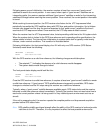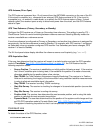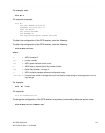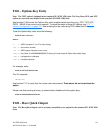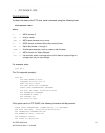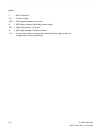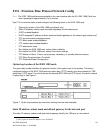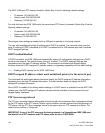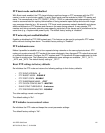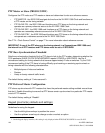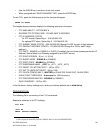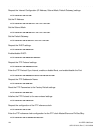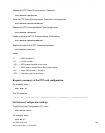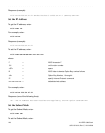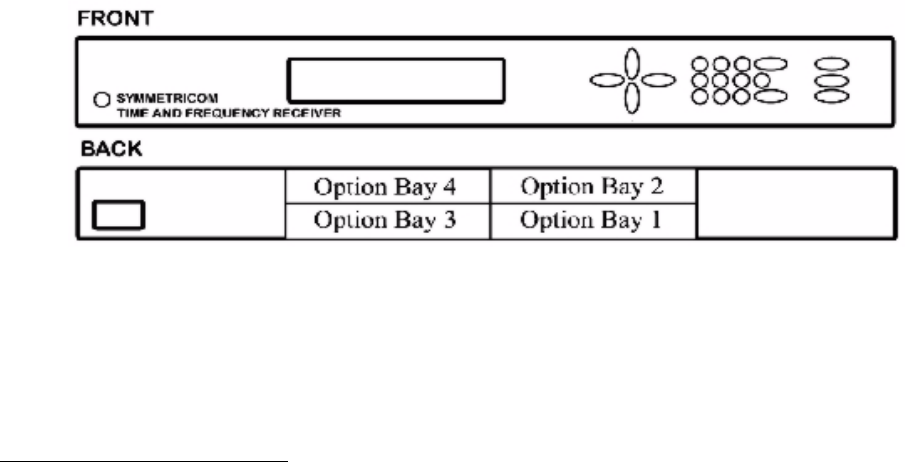
XLi IEEE 1588 Clock 119
997-01510-03, Rev. C, 12/12/2006
2
5
1
SSSSSSSSSSSS SSSSSSSSSS SSSSSSS S SSS S SSSSS S
F131 - Precision Time Protocol Network Config
Note: The IEEE 1588 card becomes available in the user interface after the XLi IEEE 1588 Clock has
been operating for approximately 3 to 5 minutes.
Use F131 to view the status of and configure the following items on the IEEE 1588 card:
• Option bay location of the IEEE 1588 card (status only)
• Static IP address, subnet mask and default gateway for the network port
• DHCP enabled/disabled
• DHCP-assigned IP address, subnet mask and default gateway for the network port (status only)
1
• PTP synchronization message interval
• PTP burst mode enabled/disabled
• PTP network port enabled/disabled
• PTP subdomain name
• Re-initialize the IEEE 1588 card, restore factory defaults
• Re-initialize the IEEE 1588 card, restore the current settings
• PTP Master or Slave. If slave, set as primary, secondary, or standby reference source
• PTP Slave Synchronization Threshold
• PTP Preferred Master Configuration
Option bay location of the IEEE 1588 cards
The option bay number identifies the physical location of the option card in the chassis. The factory
configured location of the IEEE 1588 cards are option bay 4 (PTP master) and, when present for TBD
option bay 2 (PTP slave). For units that have the second IEEE 1588 card (PTP slave), the card is located
in option bay 2. See Figure 7.
Figure 7: Option bay locations (as seen when looking from the side indicated)
Static IP address, subnet mask and default gateway for the network port
The static IP address, subnet mask and default gateway identify the 1588 port on the network.
1. Only displayed when PTP DHCP is set to ENABLE.



